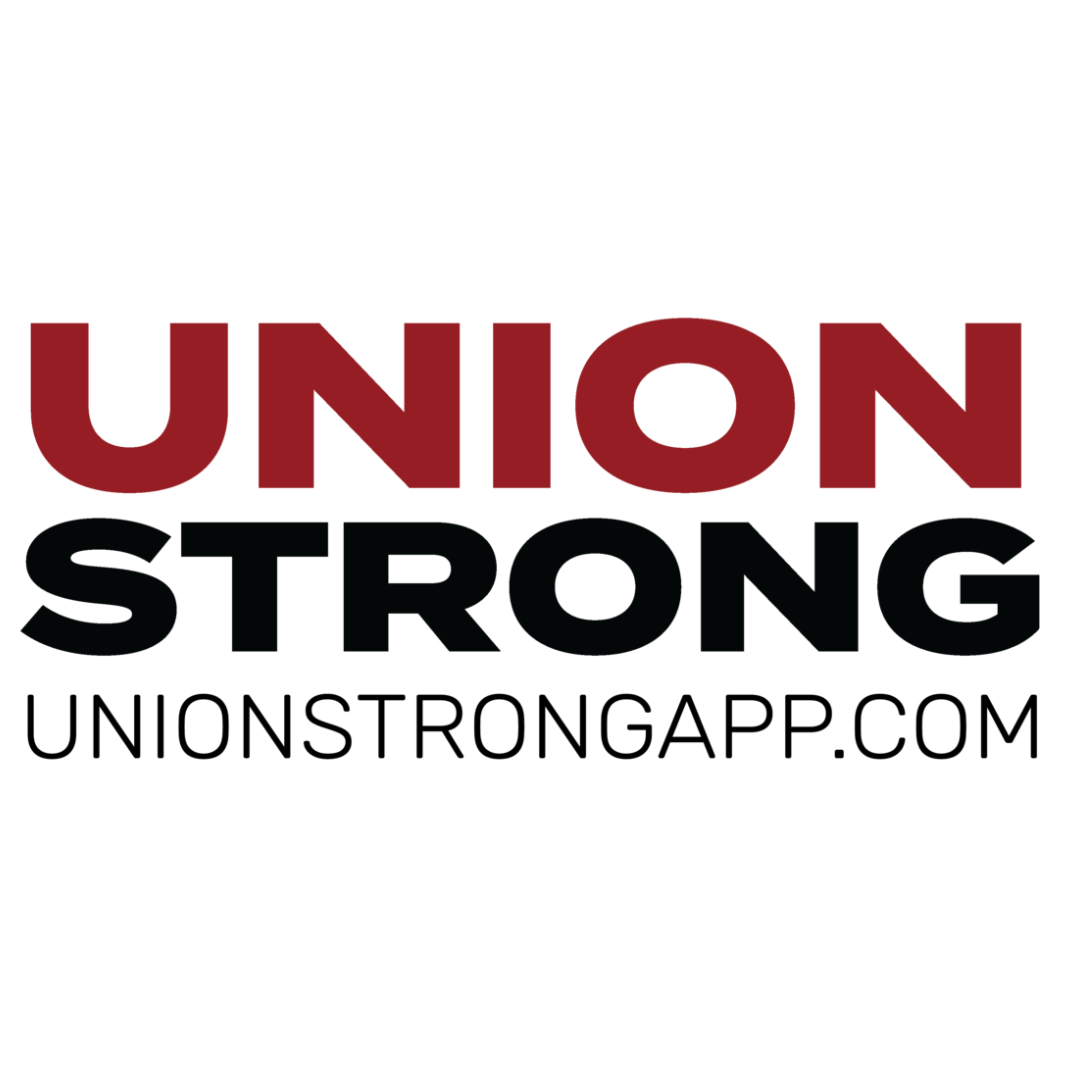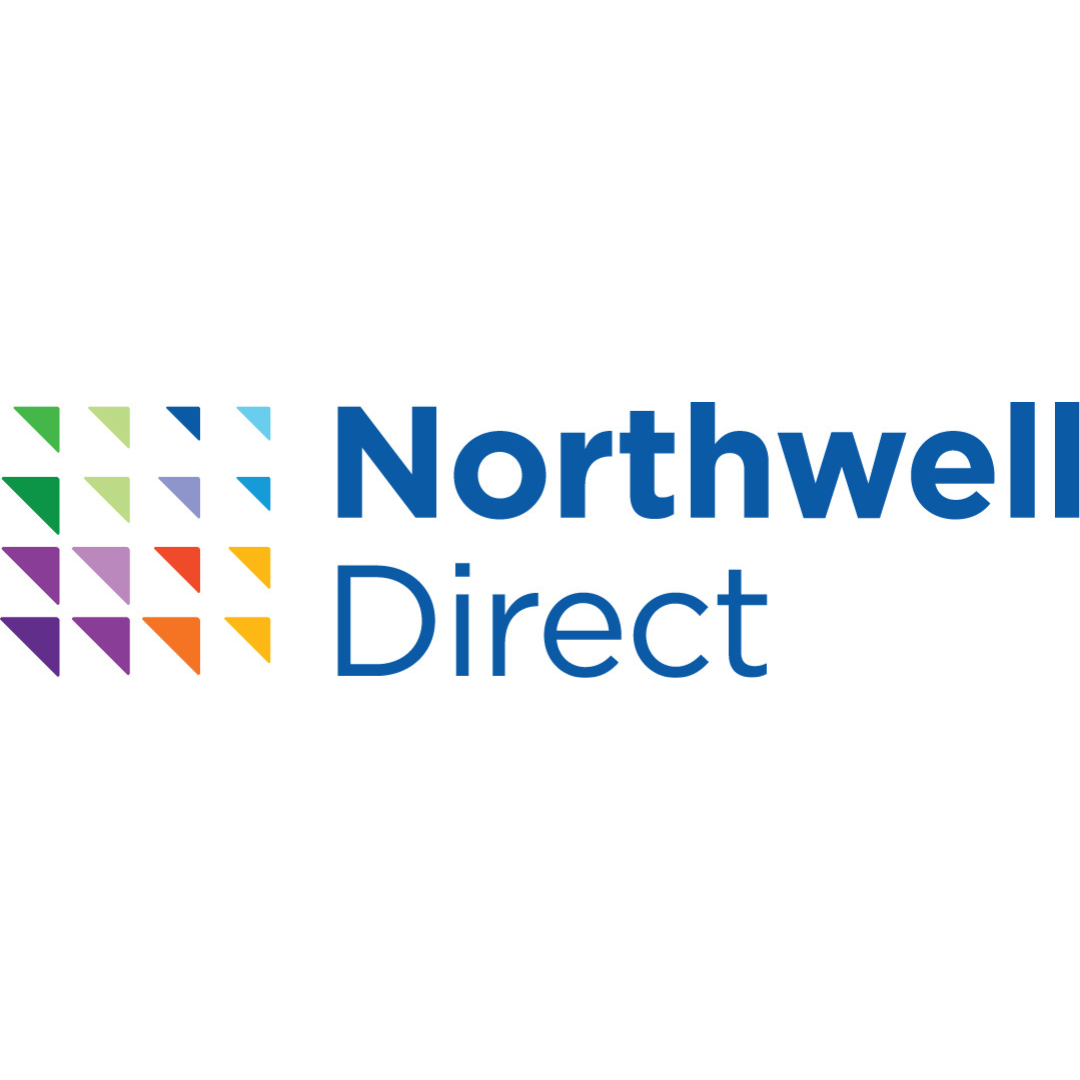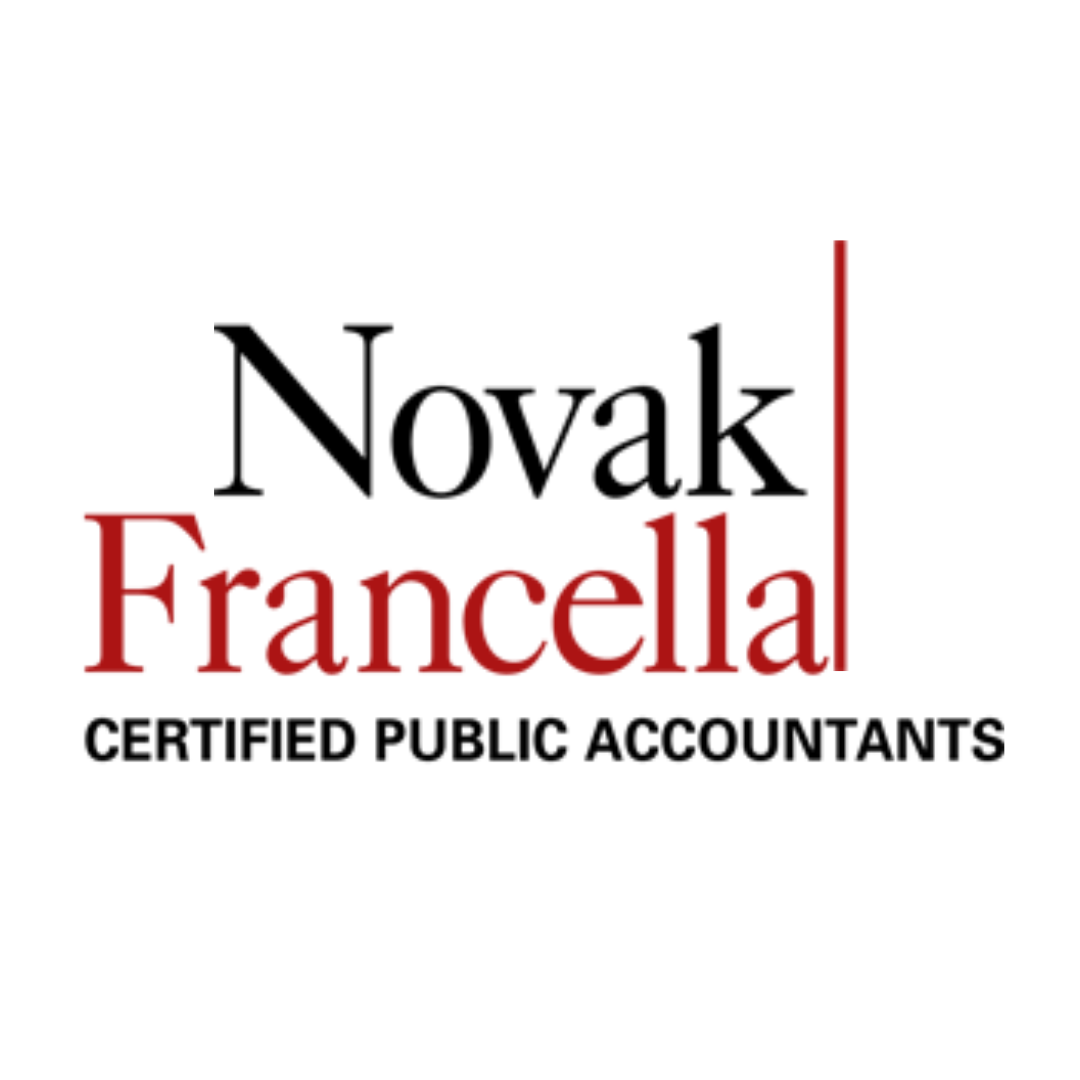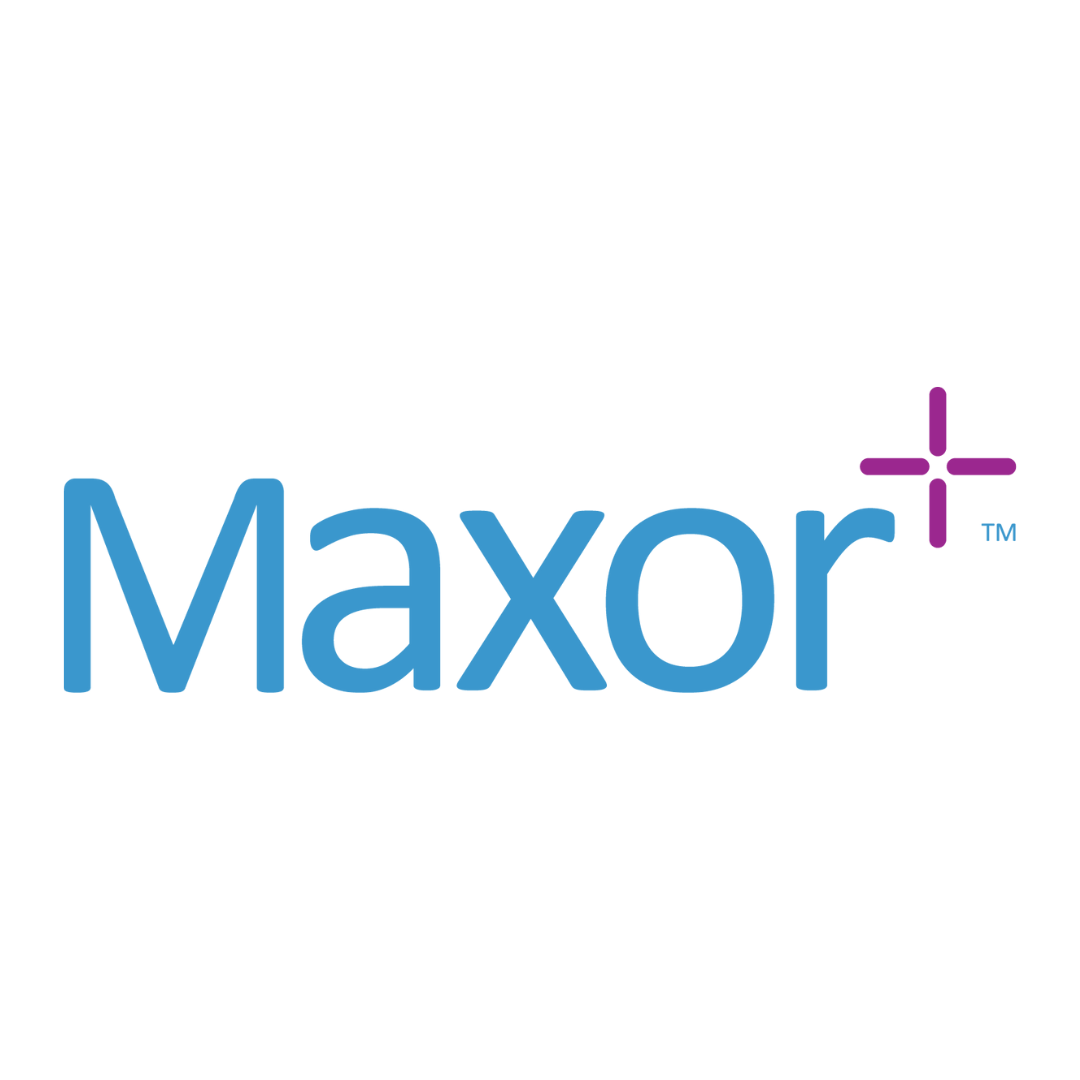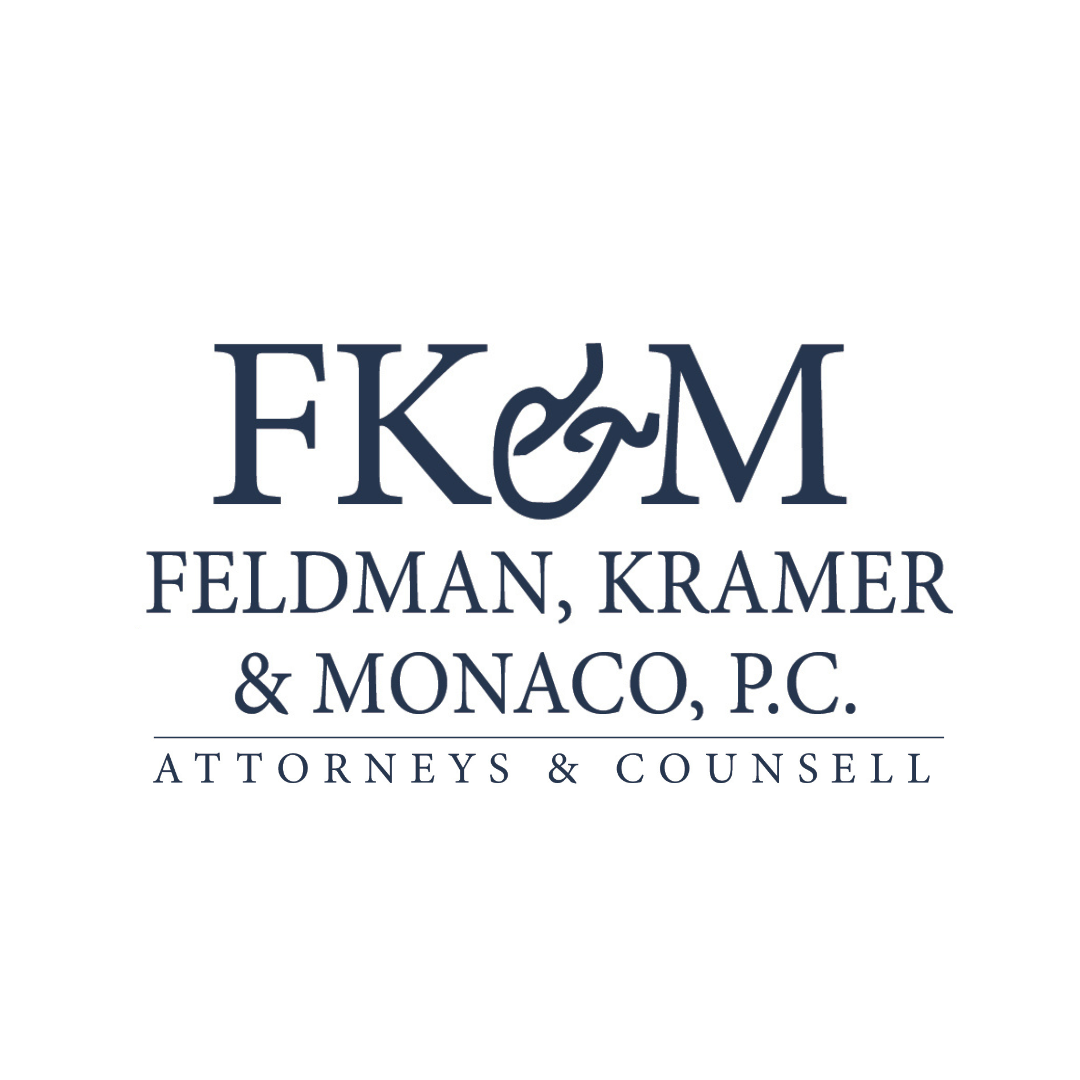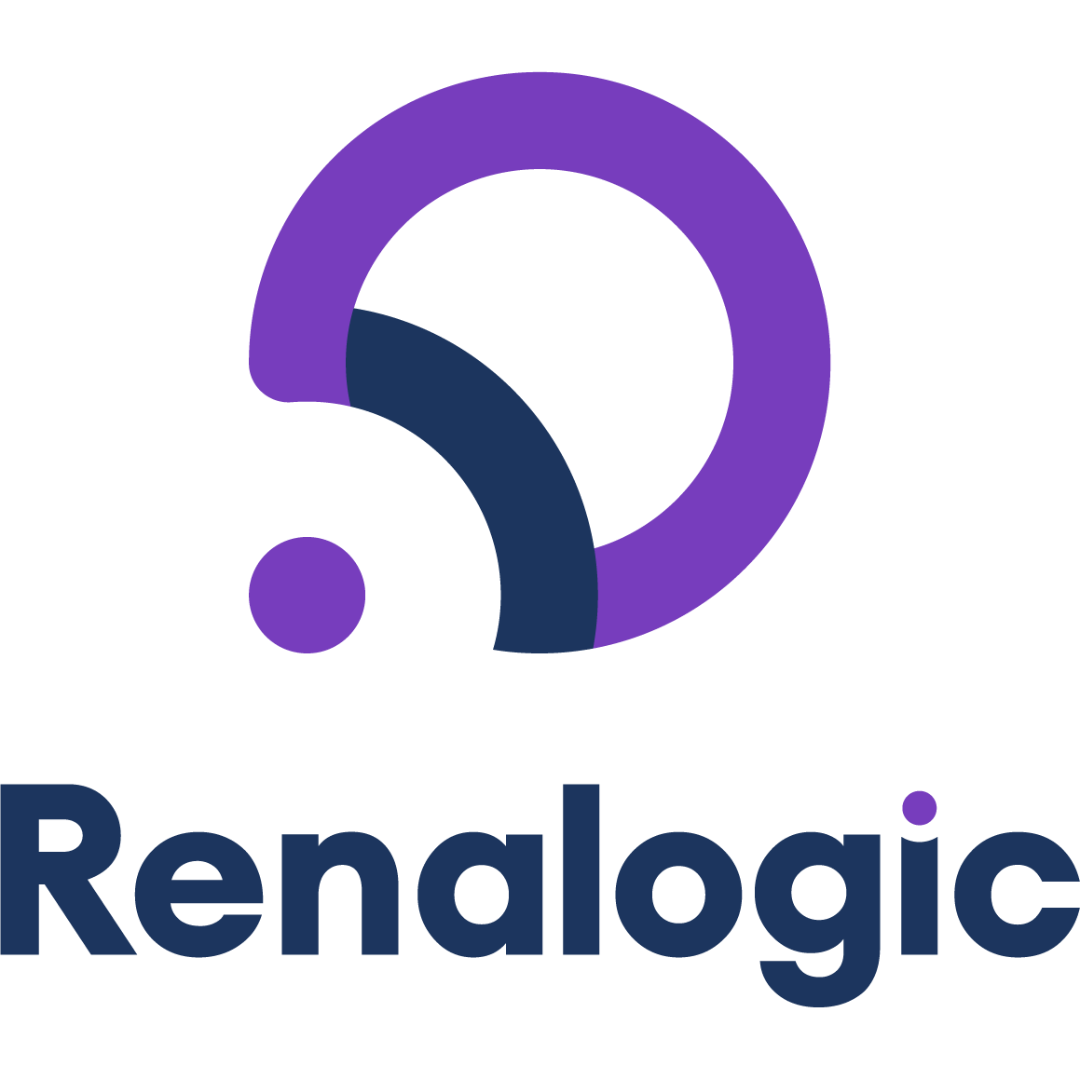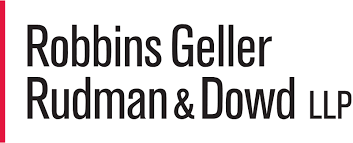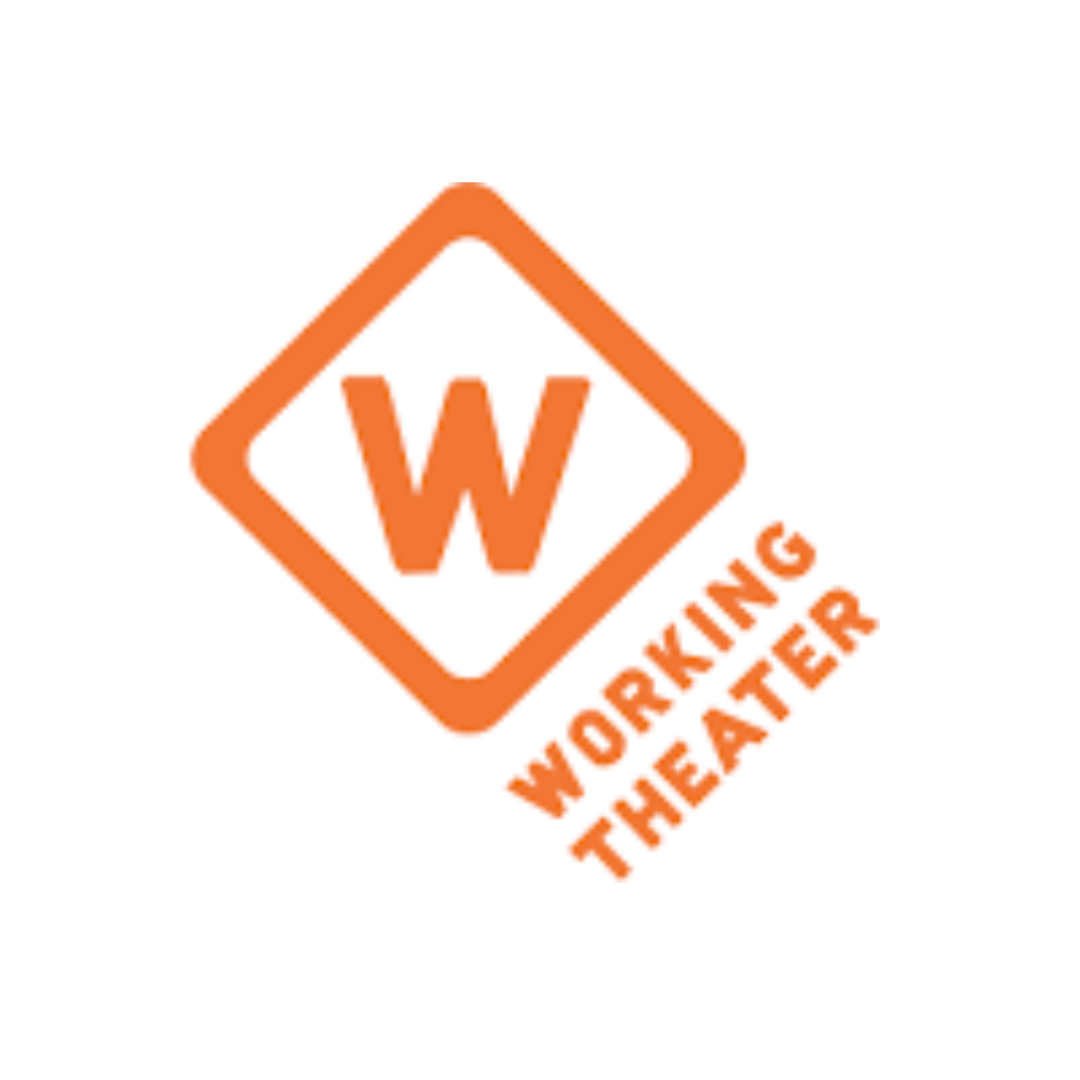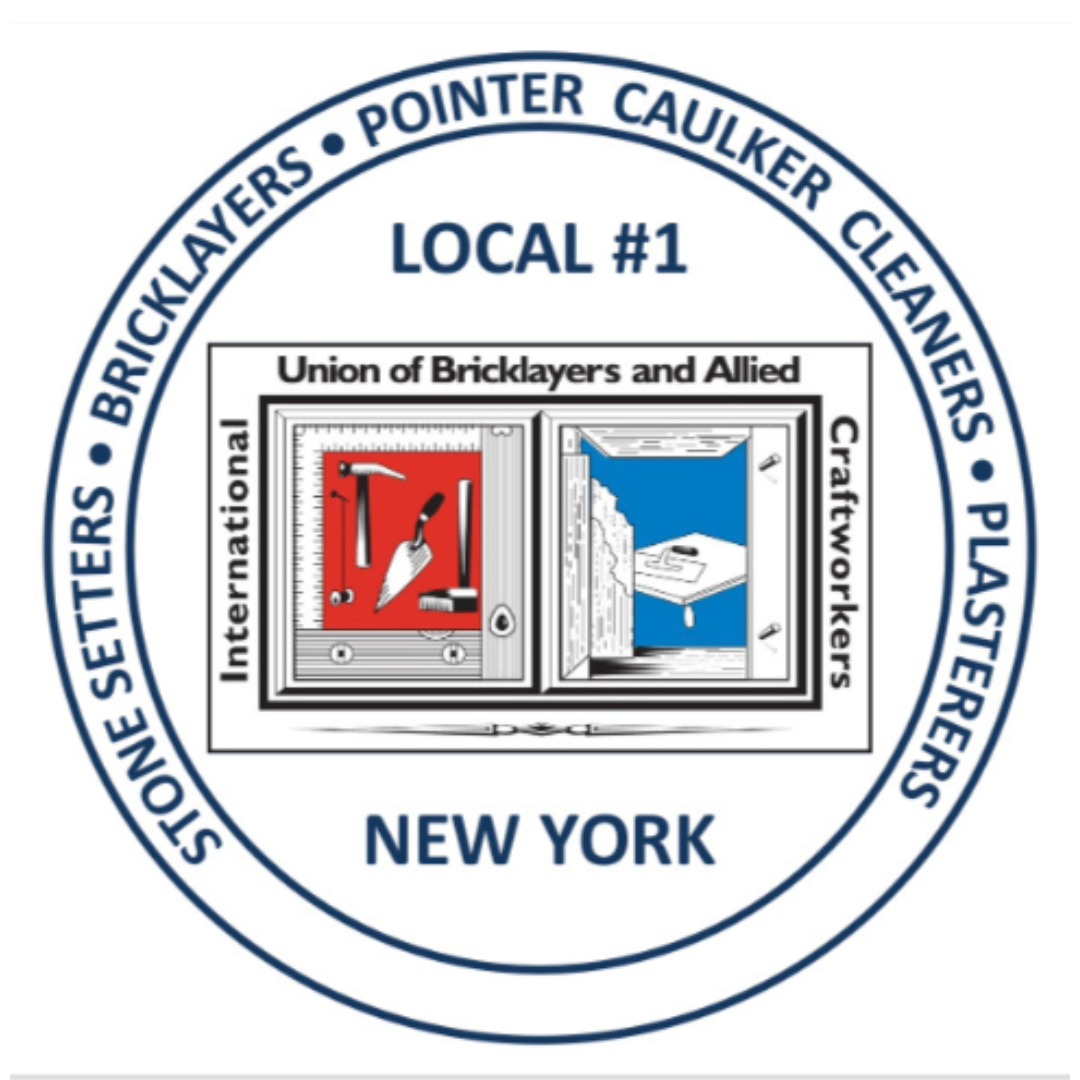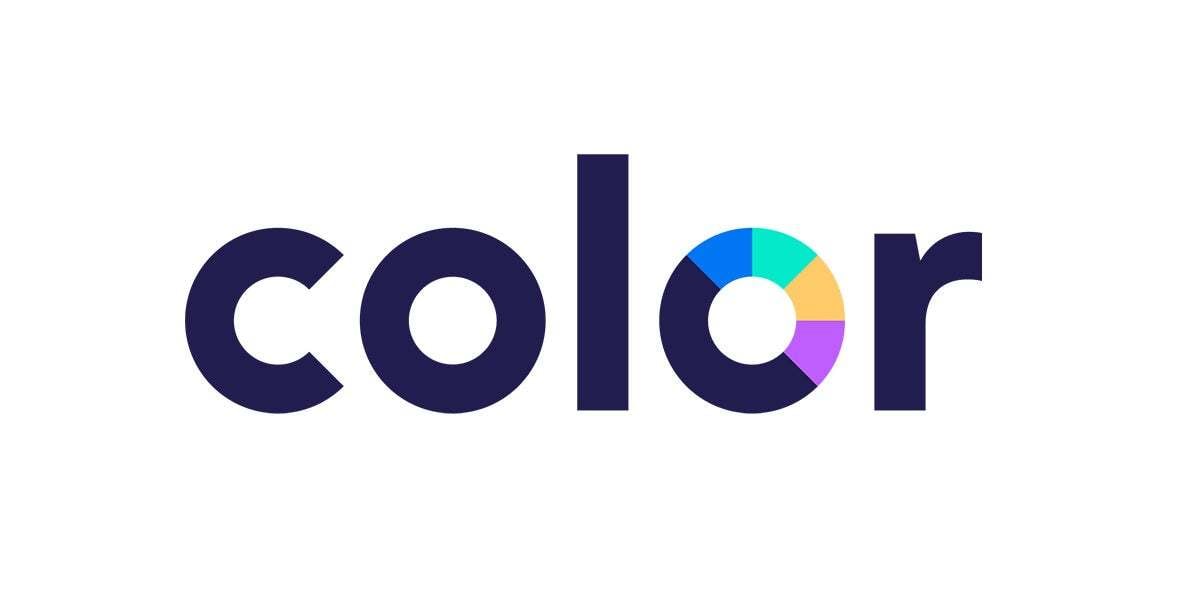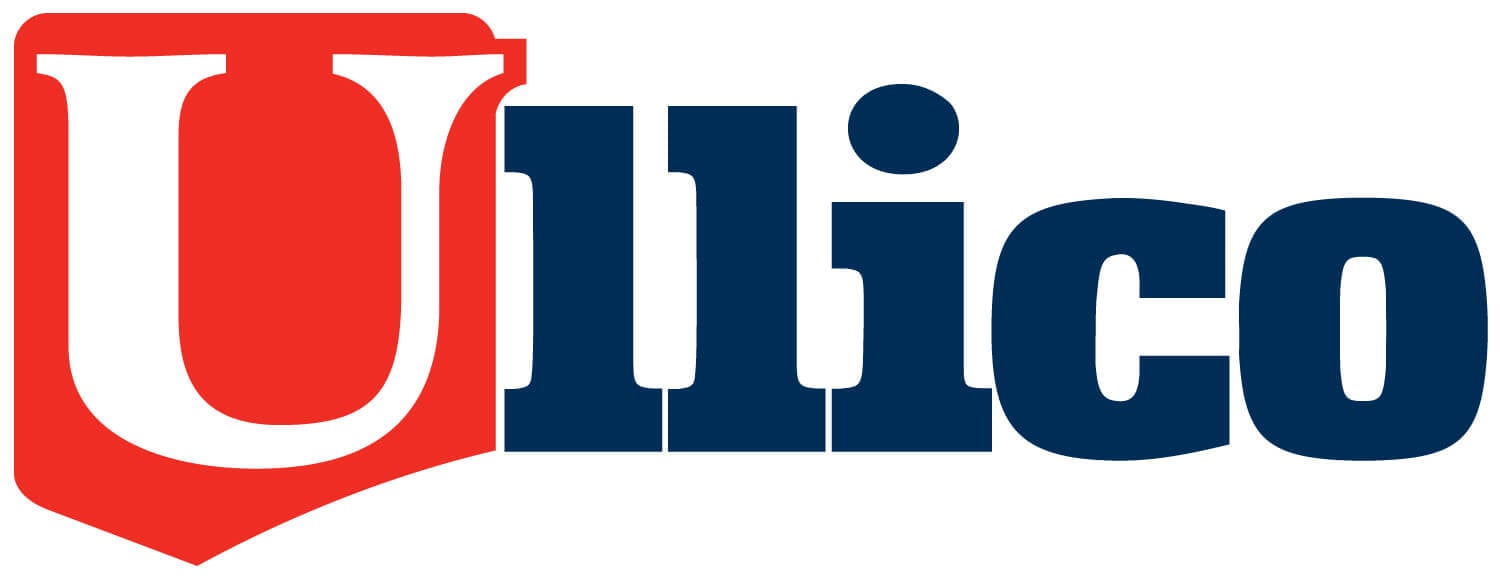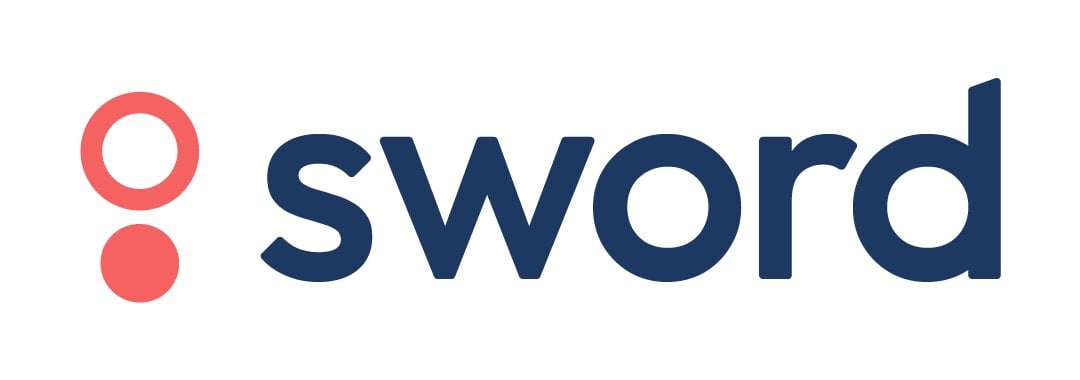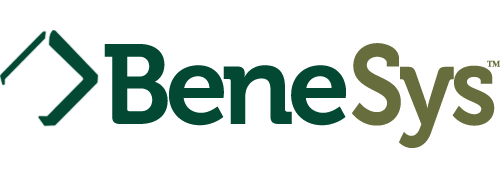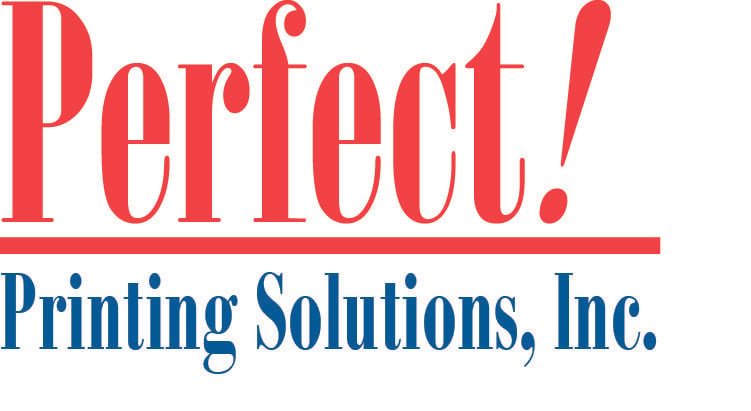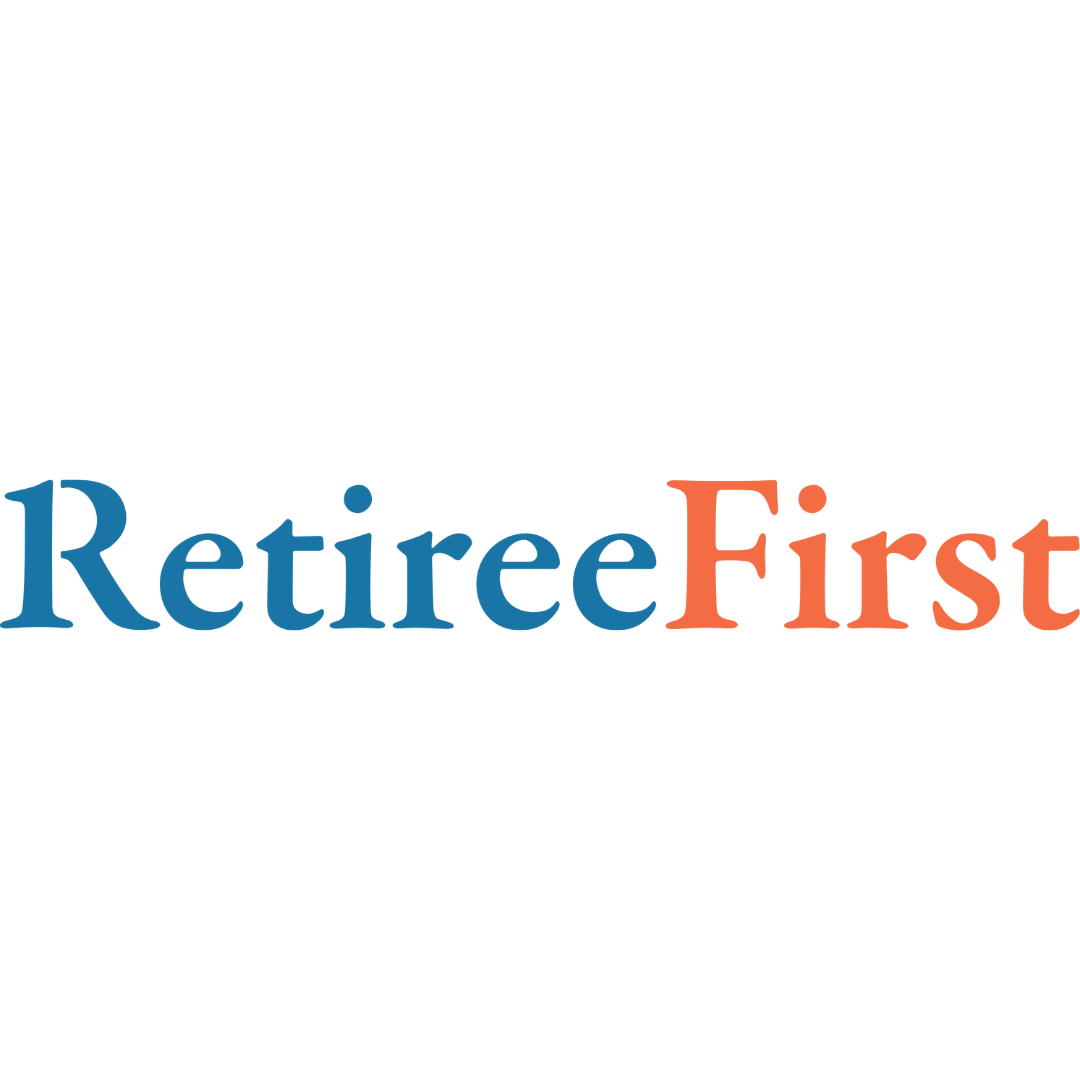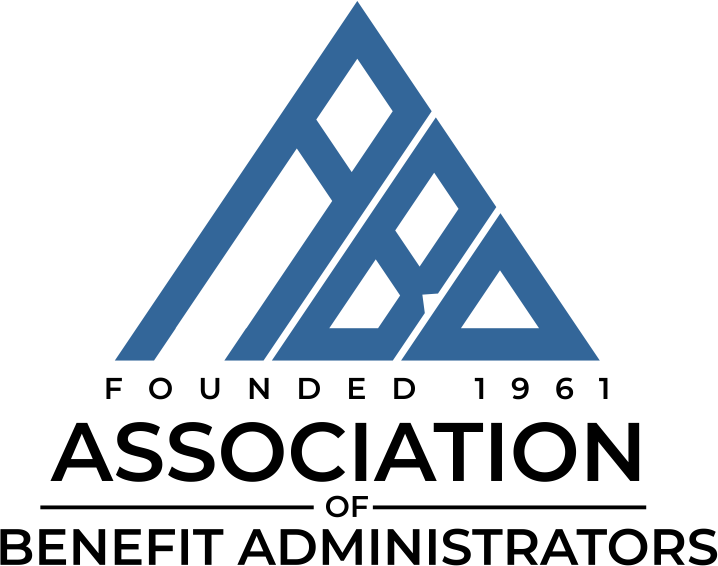
Protect your health and welfare funds from catastrophic claims.
The rising cost of health care puts union trustees and fund administrators in a delicate position. On one hand, union members have come to enjoy the benefits of self-funded plans. On the other hand, self-funded plans face unique challenges.
Because the union takes on the financial risk associated with the insurance benefits, its solvency is affected by factors, including the demography of its membership, larger-than-anticipated claims, and accelerating health care costs.
To mitigate financial risks while providing union members with quality benefits, trustees and administrators should be focused more than ever on cost-containment.
What’s Driving Health Care Costs?
Looking ahead, we see heath care costs going up, not down. One factor is prescription drug spending, with some of that increase attributed to the costs of highly complex, expensive specialty drugs.i
Institutional billing practices are another source of pressure on self-funded plan finances. Large claims are particularly vulnerable to unbundling, upcoding, duplicates, product mark-up, and other questionable administrative charges, along with accidental and simple human error.
For example, one pharmacy benefit manager (PBM) was charging a fund $100,000 for a prescription fill, many multiples above the average retail cost of the drug. Union Labor Life’s claims experts discovered that the PBM’s billing system was in error, wherein the decimal point was in the wrong place.
For many unions, however, the greatest risk is that one large, catastrophic claim is all it takes to strain the plan’s financial assets, or worse, deplete the entire medical fund.
Risk Mitigation Is a Process
Cost containment is not a single action. It’s a process that starts with a clear picture of the risks that funds face and how to mitigate those risks.
For instance, self-funded health and welfare plans give employers flexibility, but there is always a risk that a few employees will need expensive health care, resulting in potentially large claims. A few catastrophically large claims can potentially bankrupt the fund.
One way that funds address this particular risk is through medical stop loss insurance. Stop loss is a type of reinsurance that limits the impact of a potentially large financial liability. After claims reach a certain threshold, the insurance carrier reimburses the Plan, therefore transferring the risk from the employer to the carrier. In this way, stop loss insurance protects the Fund against the possibility that a few large claims will deplete its assets.
Types of Stop Loss Insurance
There are two categories of stop loss insurance, each with their own advantages.
Aggregate stop loss insurance provides coverage for the entire group. A combined deductible is set for the group.
Individual stop loss insurance or ‘cost-specific’ stop loss provides coverage for individual claims.
Types of Stop Loss Contracts
Every stop loss contract has two parts. The first part is a specified period of service, during which claims are incurred. The second part is a specified period of service, during which claims are to be paid. Contracts are informally referred to by the duration of their periods of service.
For example, a 12/12 contract is one in which the period to incur claims is a specified year-long period and the claims are to be paid in the same period. Alternately, a 12/15 contract incurs claims during a year-long period, but the period during which claims are paid is extended to 15 months.
Audit and Review Claims Before You Pay
As risk-mitigation tools, stop loss policies help trustees and administrators ensure a fund’s financial stability. They protect the fund’s assets and contribute to a more reliable forecasting and budgeting.
However, stop loss policies are only one part of the cost-containment process. When it comes to large claims, it’s important that funds conduct an audit before they pay. Union Labor Life regularly assists policyholders by reviewing claims and negotiating with health care providers over disputed charges.
Negotiate Fixed-Rates for High-Cost Treatments
Although it’s important to protect your fund with a stop loss policy and review multimillion claims before you pay, it’s also necessary to find savings where you can before a claim is submitted. In other words, effective cost containment begins with negotiating predictable pricing for high-cost treatments.
When it comes to high-price treatments, unions can sometimes look to their stop loss policy provider for help in the negotiation process. For example, Union Labor Life partners with cost-containment vendors who provide assistance in handling high dollar claims. This suite of vendors creates opportunities for unions to minimize costs through various cost containment strategies, including negotiations, bill audits, review of medical necessities, cost management, fixed rates for certain treatments, such as organ transplants, and more unions that currently pay on a discount arrangement may see significant savings.
About Union Labor Life
The Union Labor Life Insurance Company (Union Labor Life), a subsidiary of Ullico Inc. was the only company in 1927 to provide union members and their families the insurance protection that was often unavailable to them under traditional insurance policies. 95 years later, we continue to grow in our tradition of providing an unparalleled combination of insurance expertise and experience to the union workplace.
i
"Prescription Drug Spending in the U.S. Health Care System," American Academy of Actuaries, Mar. 2018, Accessed 1 Mar. 2020
Repost

